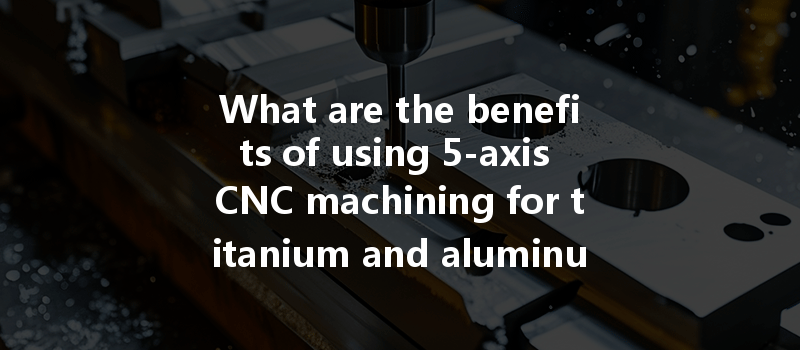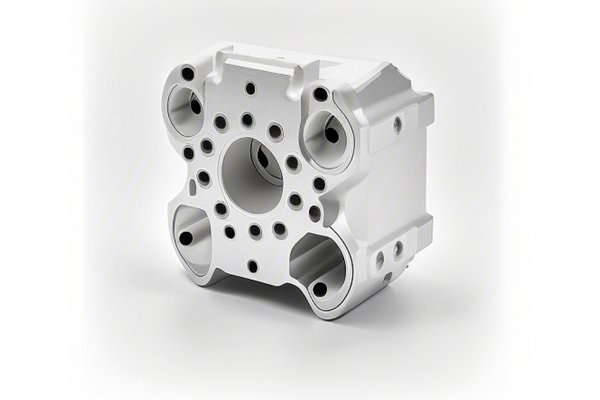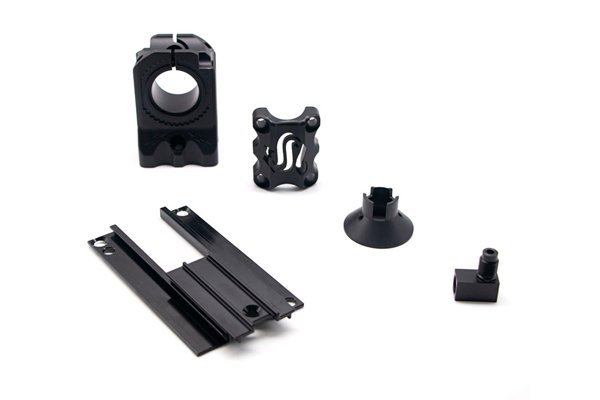Did you know that the aerospace industry alone is expected to demand over 1.6 million metric tons of aluminum annually by 2030? This growing demand emphasizes the critical role of advanced machining techniques, particularly 5-axis CNC machining, in producing intricate parts with unparalleled precision. If you’ve ever wondered how complex geometries are efficiently manufactured while keeping costs and waste to a minimum, then this blog will explore the detailed benefits of 5-axis CNC machining for titanium and aluminum alloys—an essential topic for manufacturers, engineers, and designers.
In this comprehensive guide, we will delve into the intricacies of 5-axis CNC machining, examining its processes, the advantages it provides in working with titanium and aluminum alloys, and how companies can implement it effectively.
Understanding 5-Axis CNC Machining
What is 5-Axis CNC Machining?
5-axis CNC machining is a sophisticated process that allows simultaneous movement along five different axes. Unlike traditional 3-axis machines where the working tool can move in the X, Y, and Z dimensions, 5-axis capability introduces two additional rotational axes—typically referred to as A and B axes. This extended range of motion enables access to complex angles and geometries that would be impossible or inefficient to achieve with 3-axis machining.
The Mechanics Behind 5-Axis CNC Machining
The Unique Properties of Titanium and Aluminum Alloys
Titanium Alloys: Strength and Resilience
Titanium alloys are renowned for their high strength-to-weight ratio and resistance to corrosion, making them attractive for aerospace, automotive, and medical applications. However, machining titanium poses challenges due to its toughness and tendency to work-harden.
Aluminum Alloys: The Lightweight Champion
Aluminum, particularly in its alloyed forms (like 6061 and 7075), is lightweight and has excellent corrosion resistance. Its machinability makes it a popular choice across multiple industries, from automotive to consumer electronics.
The Advantages of 5-Axis CNC Machining for Titanium and Aluminum

One of the standout features of 5-axis machining is its ability to produce parts with extreme precision. The simultaneous movement of all axes allows for complex geometries to be cut with minimal error, crucial when working with materials like titanium, which require tight tolerances.
Traditional machining often necessitates multiple setups to achieve the desired part geometry. With 5-axis machines, many parts can be manufactured in a single setup, significantly reducing the turnaround time and increasing overall productivity.
The continuous movement and controlled angles of the cutting tool in 5-axis machining contribute to a smoother surface finish. In industries where aesthetics and surface quality are critical, such as in custom automotive and aerospace parts, this is an invaluable benefit.
5-axis CNC machining excels in producing intricate designs that would be challenging to achieve with 3-axis methods. For example, in aerospace applications where weight reduction is essential, components often have complex geometric shapes designed to enhance performance without compromising structural integrity.
The intricate movements of 5-axis machines allow manufacturers to use cutting tools and techniques that maximize efficiency, especially while working with harder materials like titanium.
Practical Implementation: Transitioning to 5-Axis CNC Machining
As industries evolve and demand for high-quality, intricate parts continues to rise, technologies like 5-axis CNC machining stand out as essential tools for manufacturers looking to stay competitive. The advantages of using 5-axis machining for titanium and aluminum alloys are manifold, including enhanced precision, reduced setup times, superior surface finishes, improved handling of complex geometries, and better tooling utilization.
Transitioning to this advanced machining technique can seem daunting, but the rewards—both in terms of quality and efficiency—are too significant to overlook. Investing in training, machinery, and thorough implementation strategies will ensure that manufacturers can harness the full potential of 5-axis CNC machining.
In closing, the importance of understanding and utilizing advanced machining technologies cannot be overstated. As the industry moves forward, staying informed and adaptable will enable manufacturers and engineers to respond proactively to client needs, regulatory changes, and innovations in materials and methods. Embracing 5-axis CNC machining today may very well position you as a leader in an increasingly competitive market tomorrow.






